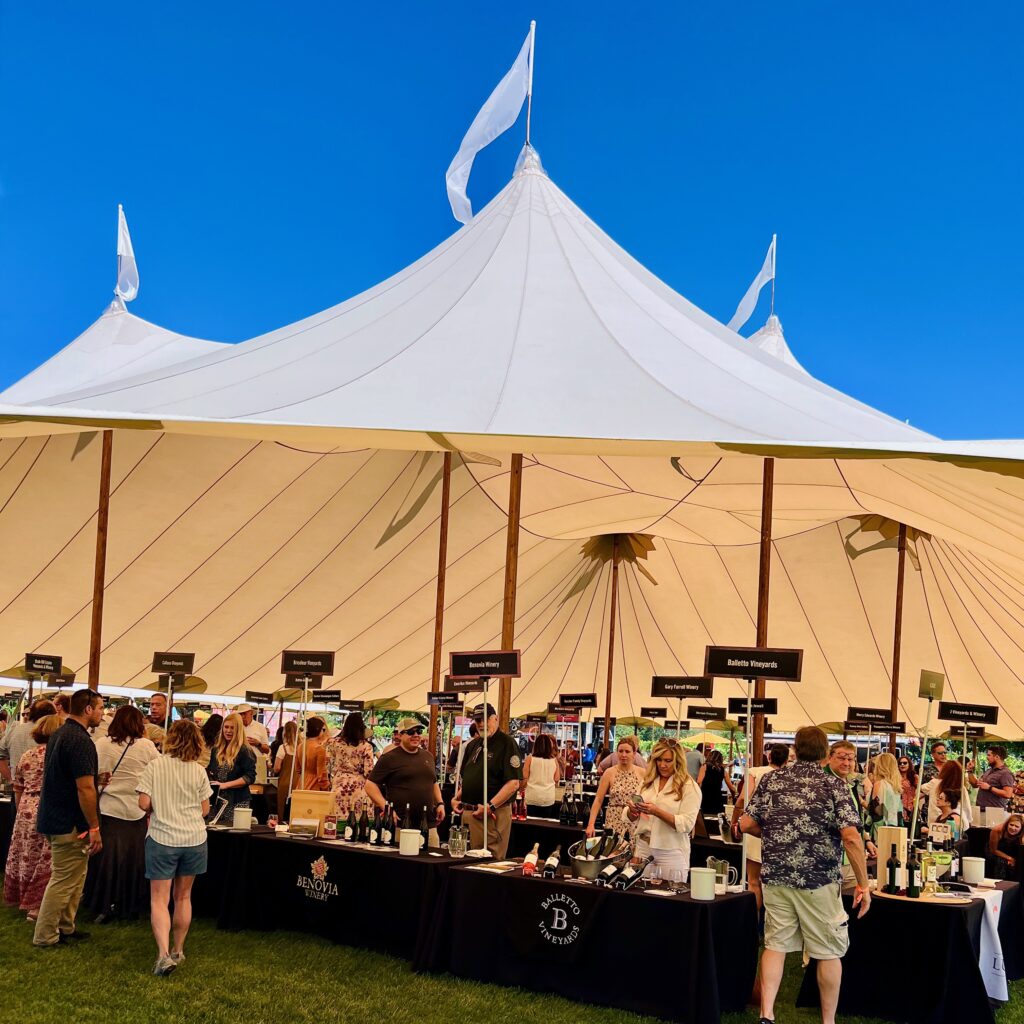Social-media highlights of Taste of Sonoma 2022 wine and food festival, plus three Sonoma County wineries – Inman, Anaba, and Pedroncelli – focused on sustainability.
Taste of Sonoma
June 2022: Loads of fun under the big tops (lead photo) at Sonoma County Vintners‘ Taste of Sonoma, with more than a dozen diverse subappellations represented. The event took place at Kendall-Jackson Wine Estate & Gardens. A few of the many highlights:



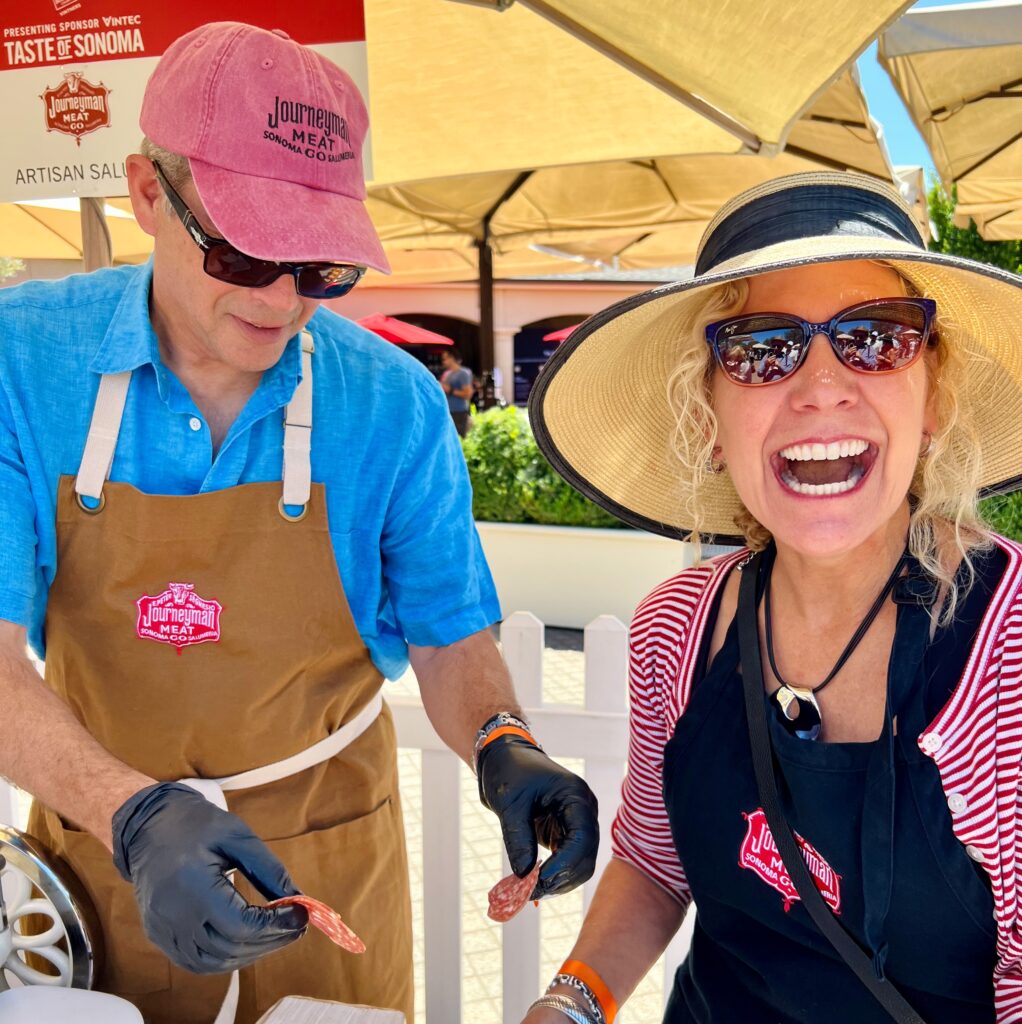
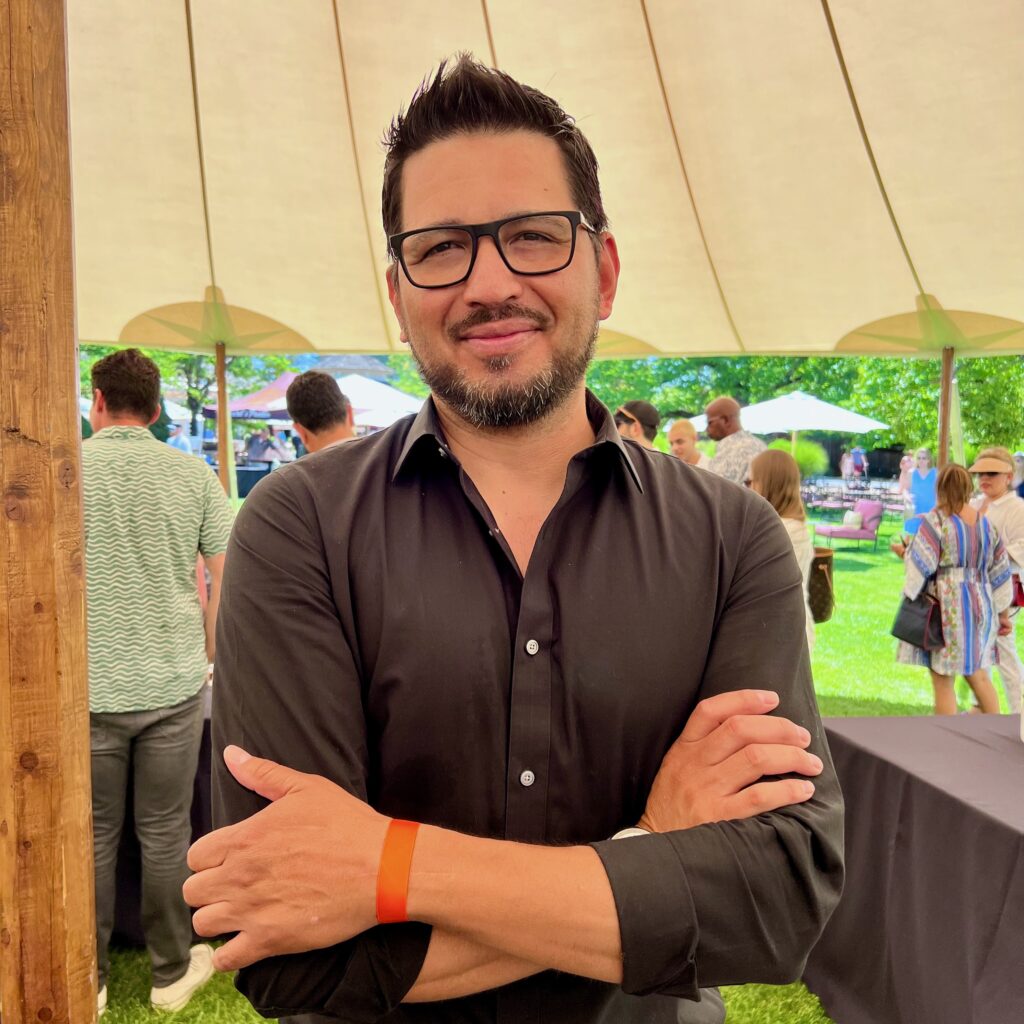

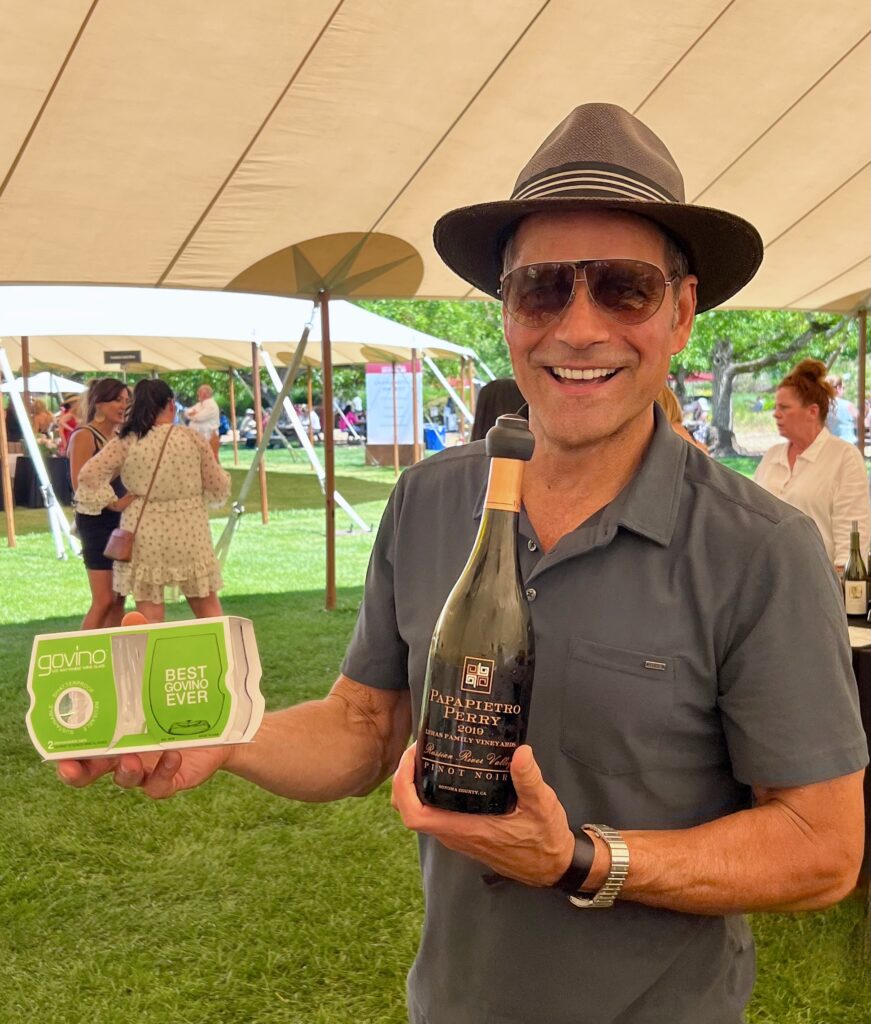
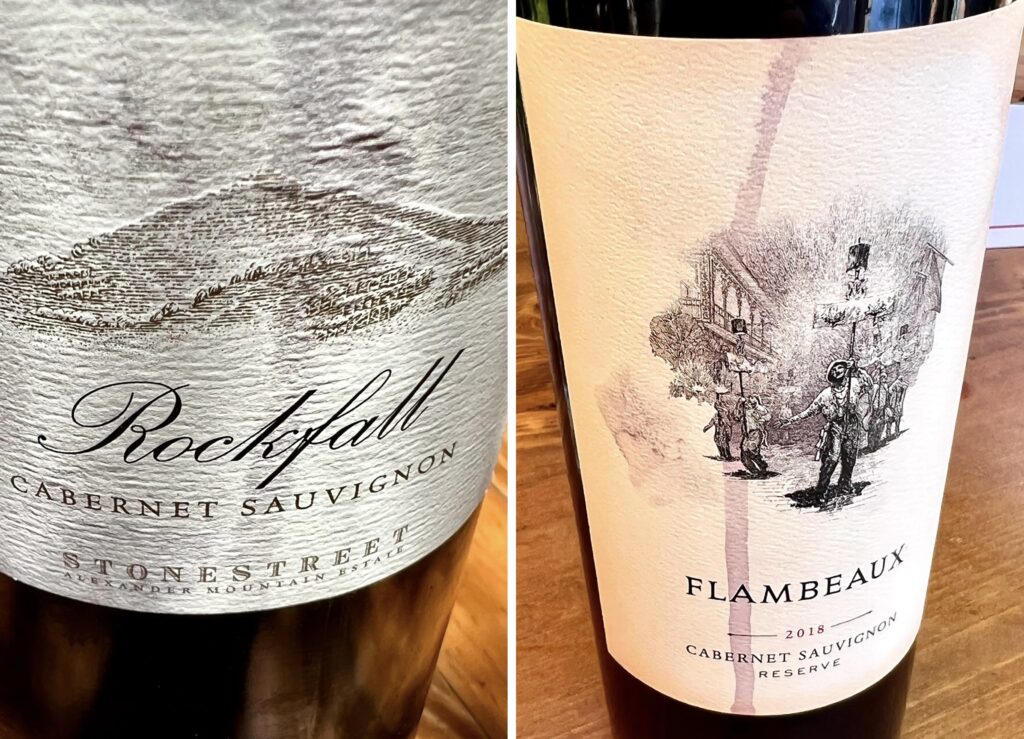

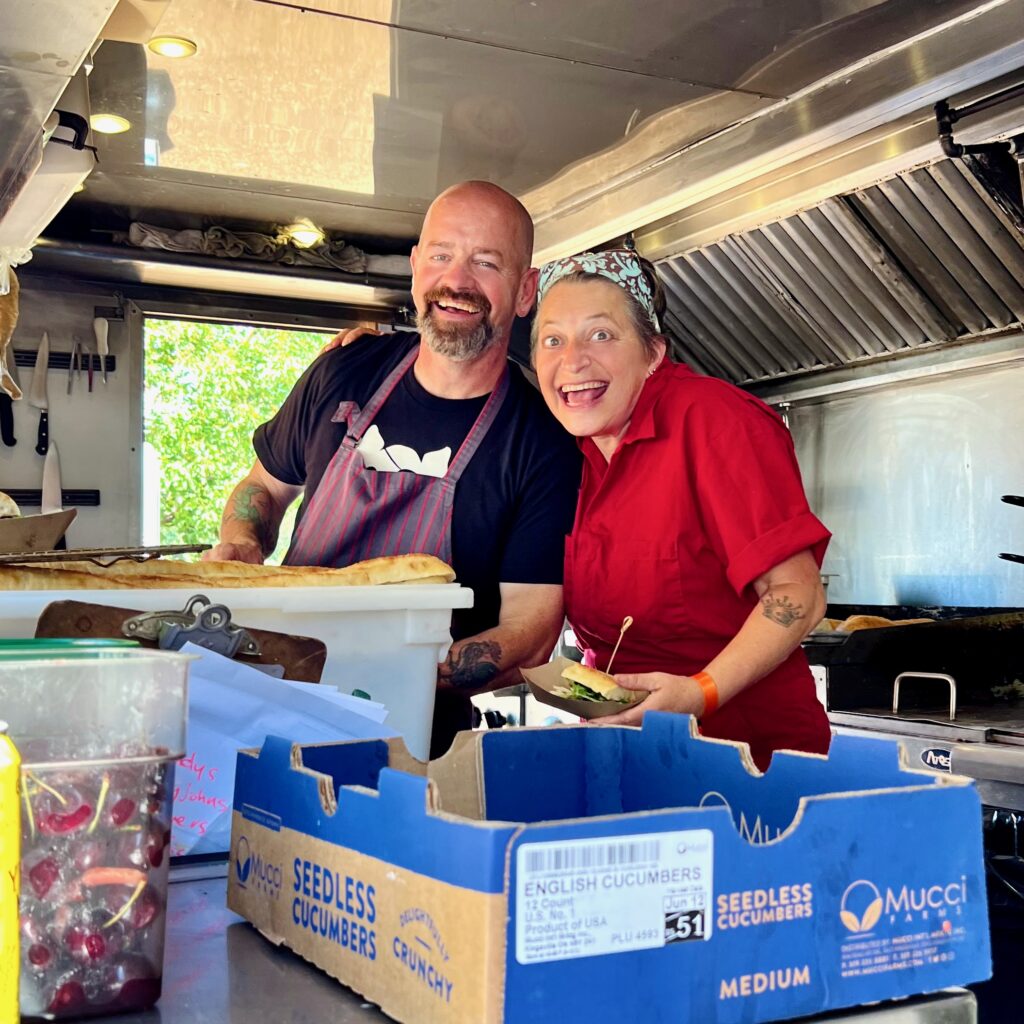
See the original Facebook post for two dozen more Taste of Sonoma 2022 photos. The festival returns on June 24, 2023.
Inman Family Wines
July 2022: Wonderful reunion with Kathleen Inman, owner-winemaker at Inman Family Wines, who wowed William and me with wines like the 2019 Pratt Sexton Road Ranch Russian River Valley Pinot Noir. We tasted it alongside two other single-vineyard 2019 Russian River Valley AVA Pinot Noirs, preceded by a 2019 Pinot with grapes from all three vineyards and the 2021 Endless Crush OGV Rosé of Pinot Noir.
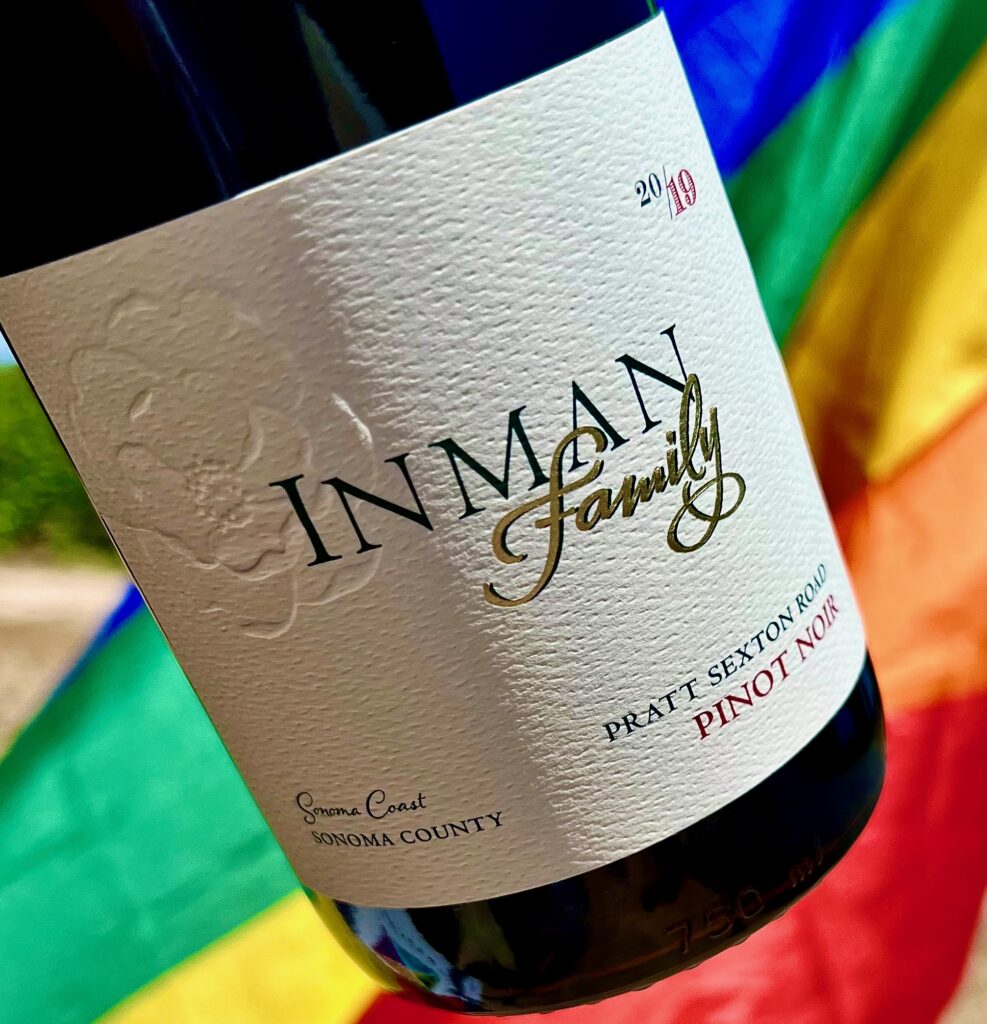
Inman says she picks on the early side of the ripening process “to preserve natural acidity” yet coaxes out plenty of flavor. She presses Endless Crush “like a white wine,” with very little skin exposure. It’s got peachy, watermelony notes and mouthwatering acidity, with mild rounding and savoriness. Quite delightful, as are her three very popular sparkling wines.
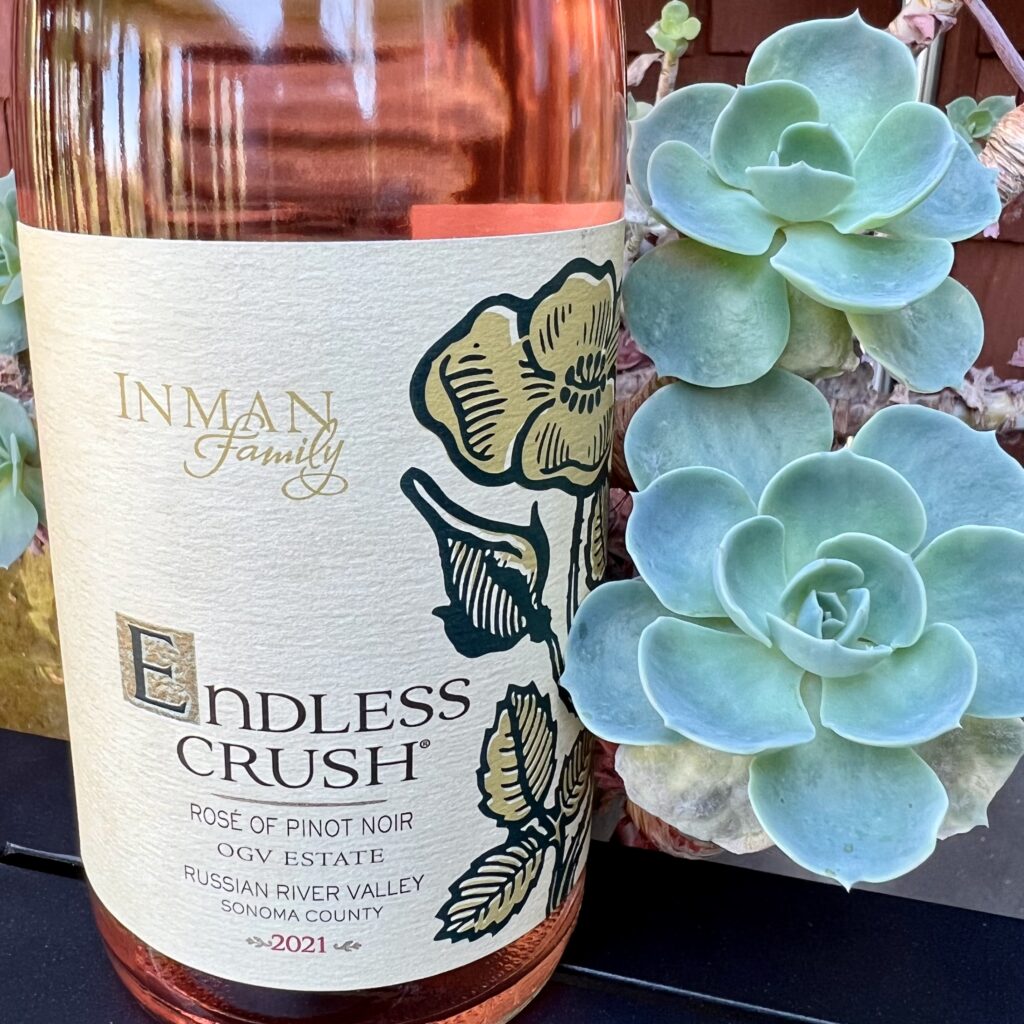
Inman Family Wines has been concerned with sustainability for years, in the farming and during winemaking. In the vineyard, these include food-scrap composting, growing cover crops, and using worm castings to create bio-fertilizer and microbial teas that improve soil and plant health and boost vines’ plant and disease resistance. In the solar-powered winery, most of it fashioned from recycled materials, steam is used instead of hot water for sanitation, providing substantial water savings.
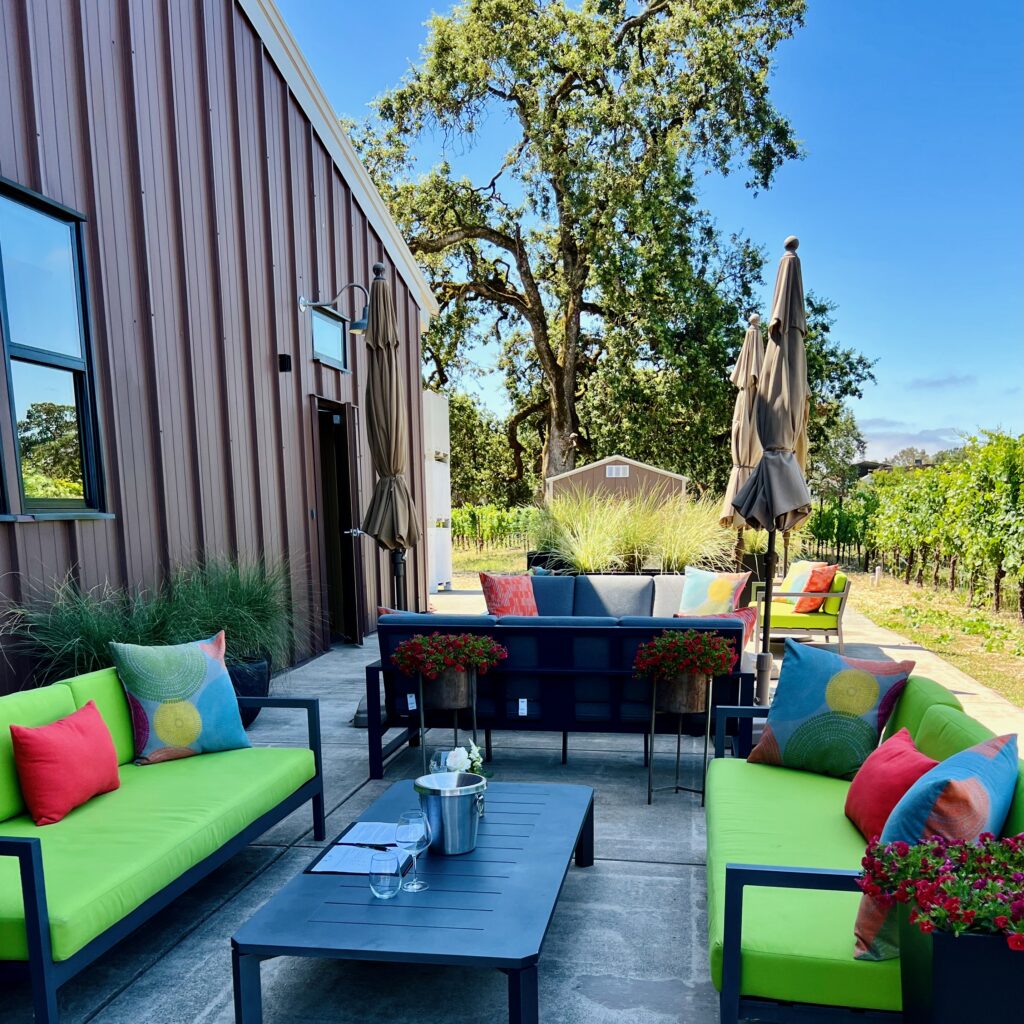
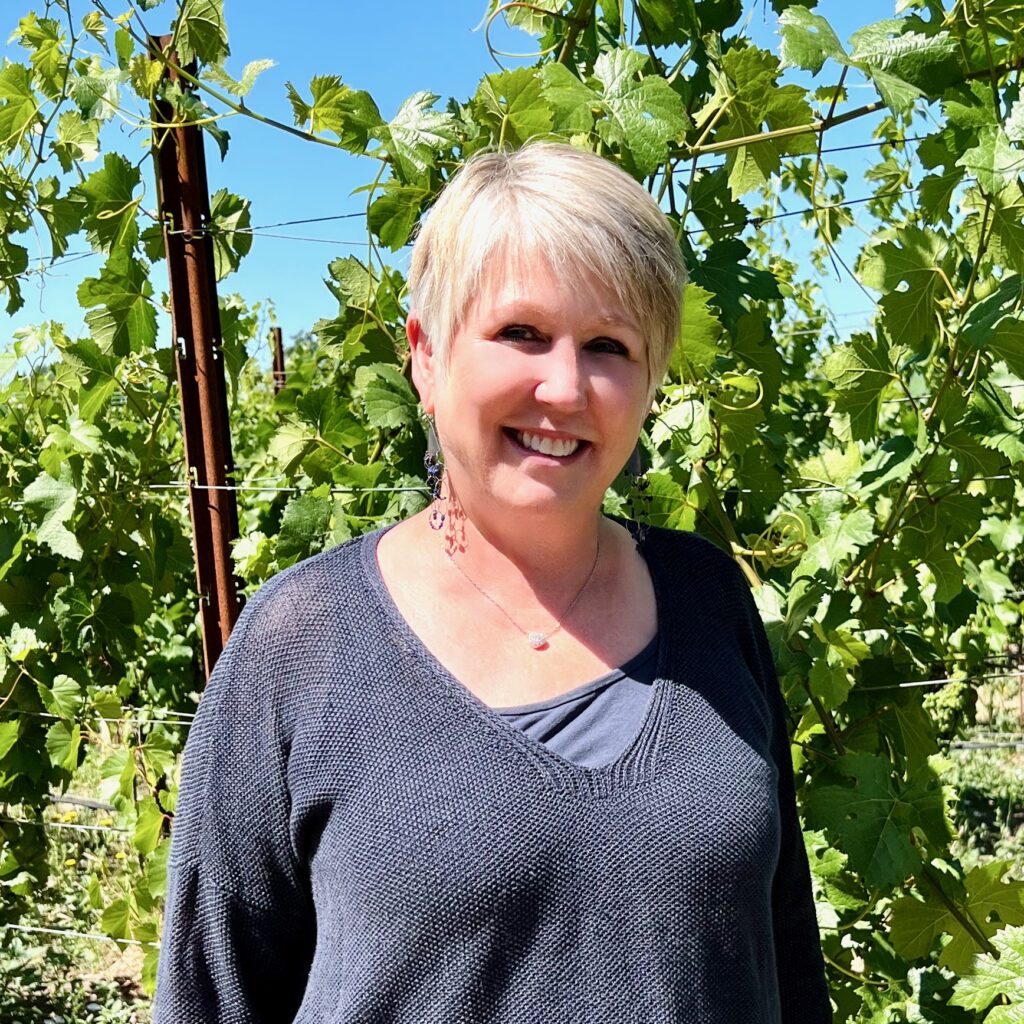
Anaba Wines
June 2022: Anaba Wines hosted a June media dinner at its Vintners House tasting room to celebrate its reopening. Katy Wilson makes the wines here. A 45-foot turbine on-site takes advantage of the Carneros District’s anabatic (upward moving) winds that inspired the winery’s name. The turbine plus solar panels supply Anaba’s 100% renewable electricity.
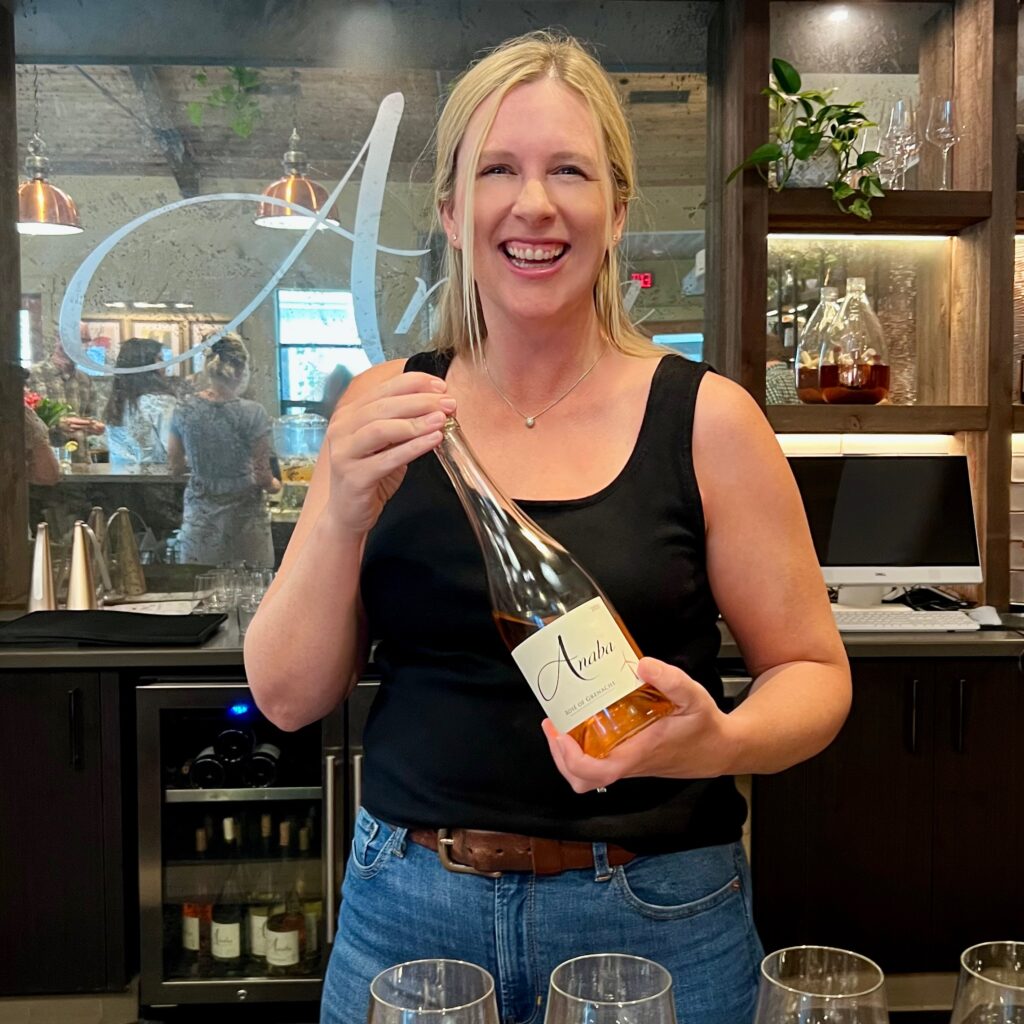
Anaba produces cool-climate wines—Chardonnays and Pinots plus Rhône-style offerings like the Turbine white blend. Recently planted estate Picpoul Blanc vines will provide some of Turbine’s grapes going forward. At dinner, proprietor John Sweazey recalled his quest for Pinot Noir from the storied Soberanes Vineyard in Monterey County’s Santa Lucia Highlands. The other Anaba wines come from Sonoma County grapes, but Sweazey wanted Soberanes in the portfolio.

After the vintner’s third pilgrimage south, the grower, Gary Pisoni, a well-known California wine-biz “character,” laid out three requirements: “that you’re going to pay me…that I like you…and that you’re going to make great wines.”
As Sweazey spoke, we tasted the 2019 Soberanes, which lives up to the original bargain. It’s great, as were several wines preceding it and the Late Harvest Viognier and White Port we had later on. Also stunning was that night’s sunset.

Anaba is at a busy Sonoma Valley intersection, but many people drive past it, unaware of this Sonoma Valley Wine operation’s high-quality output. There are many ways to experience Anaba’s wines: at standard tastings, over Chardonnay after yoga, at a blending seminar, or as part of brunch, bocce, and pickle-ball outings.
Pedroncelli Winery
May 2022: Sipped a 2021 Sauvignon Blanc at Pedroncelli Winery‘s East Side Vineyards, where the grapes were grown. “East” in this case refers to the east side of Dry Creek Valley‘s titular creek. Some of the sturdiest Sauvignon Blanc vines are three decades old.
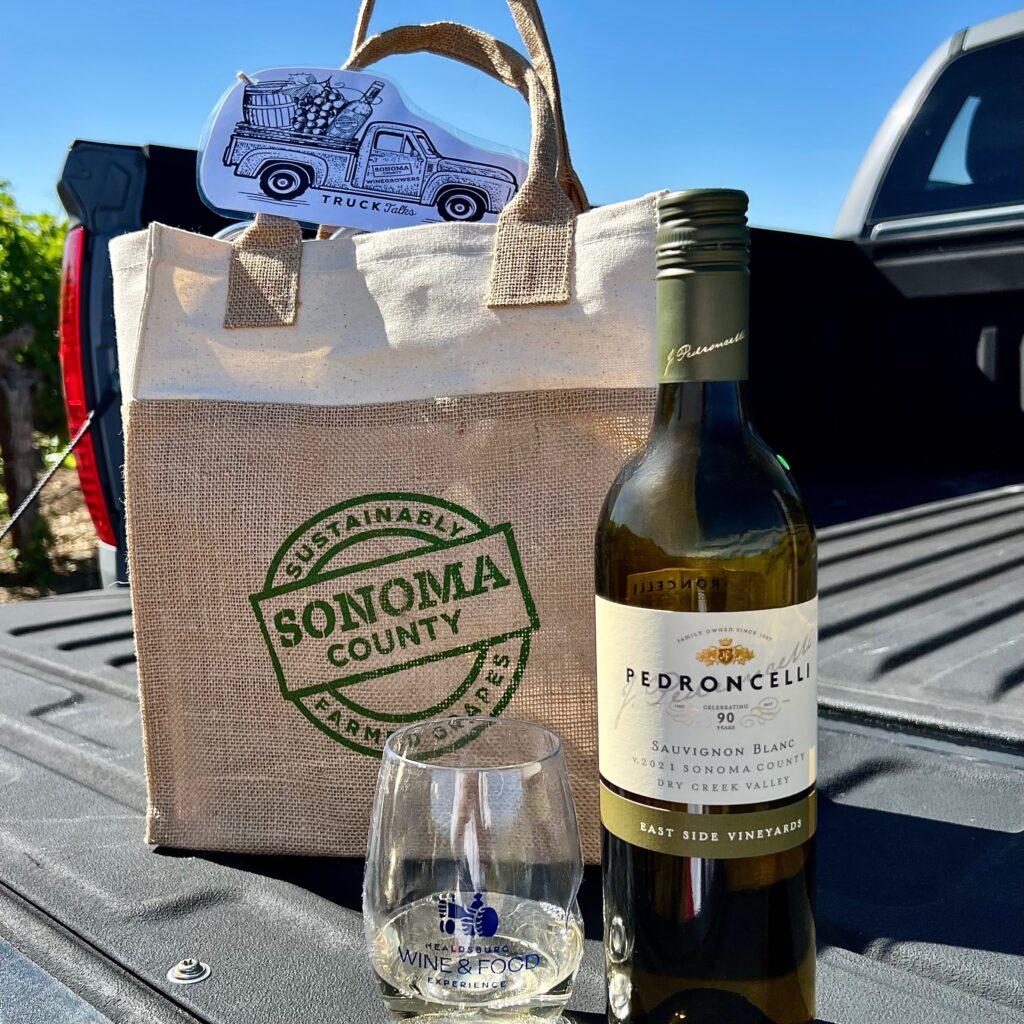
Our visit, one of Sonoma County Winegrowers‘ “Truck Talks” vineyard tours on the final day of May’s Healdsburg Wine & Food Experience, focused on sustainability measures. Sustainability is a big deal in Sonoma County, where 99% of the vineyards are third-party certified sustainable.
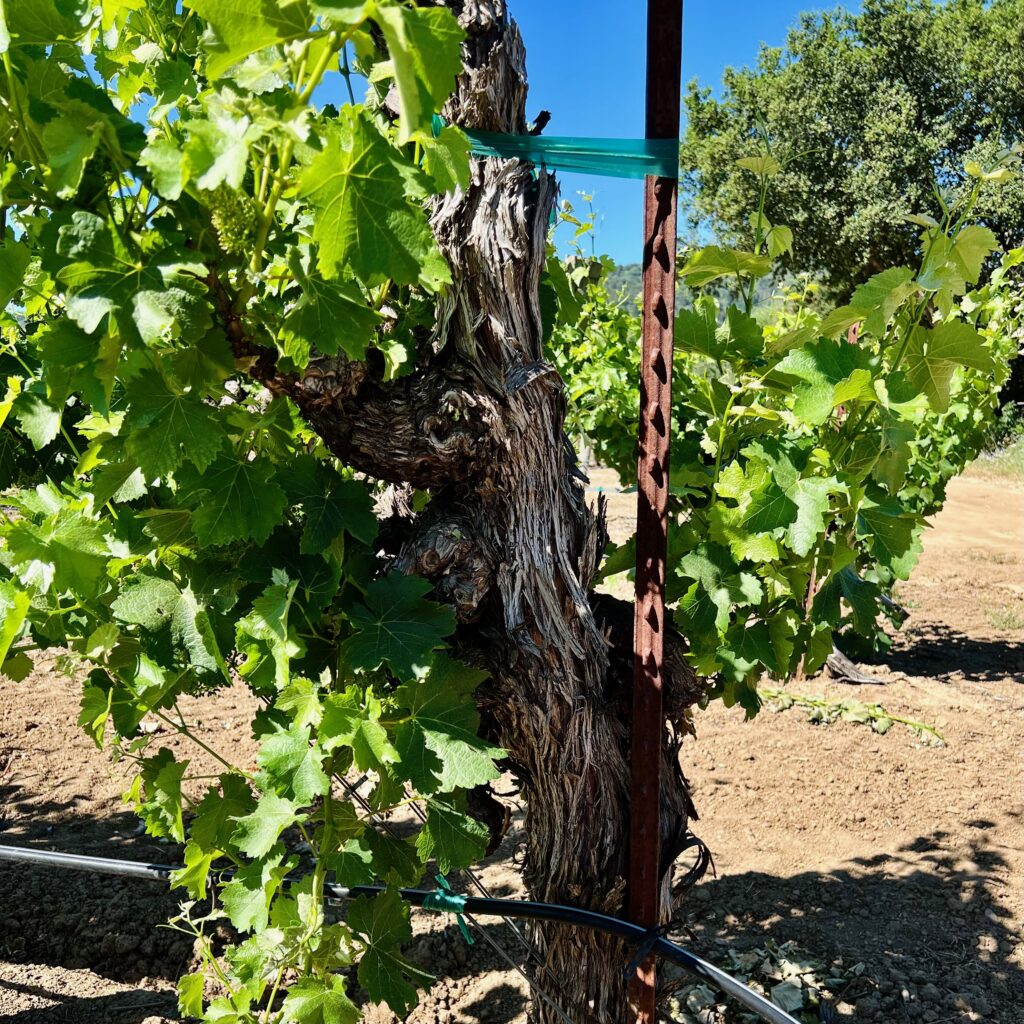
John Pedroncelli Sr., the great grandfather of our host, Mitch Blakeley, founded Pedroncelli Winery in 1927, and it remains in family hands. Mitch’s duties include tackling sustainability matters, so he filled us in on measures the winery takes to ensure compliance. These include using cover crops to keep the soil fertile, mitigate erosion, and attract beneficial insects. Also, composting, pruning and hand harvesting to reduce carbon emissions, and leaf removal and other tactics during the growing season to prevent insect pests, mildew, and other problems.
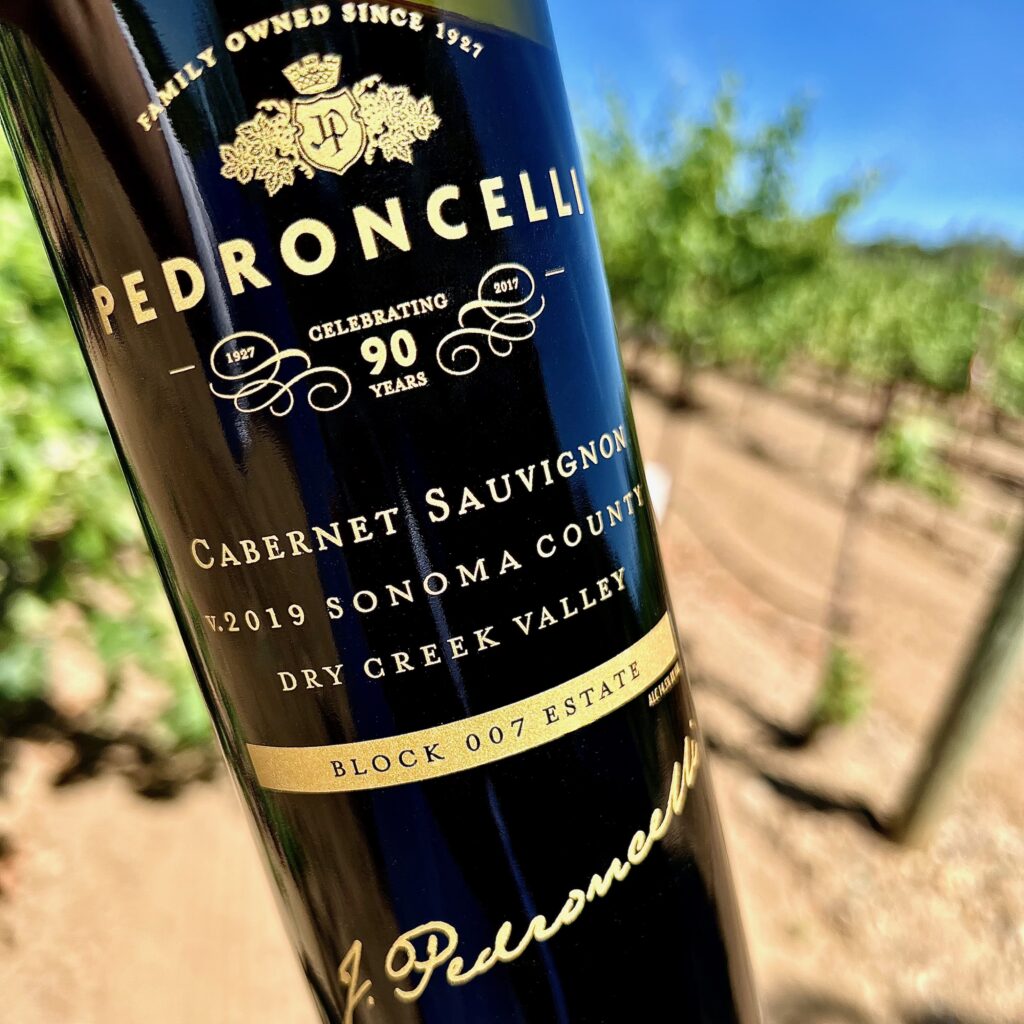
Subsequent stops took us to the sources for all of the 2019 Block 007 Cabernet Sauvignon (the winery’s best Cabernet Sauvignon thrives in the block’s gravelly soils) and some of the 2019 Mother Clone Zinfandel. “Mother Clone” refers to the source for the head-trained vines on the original Geyserville estate’s hillsides, in view of the winery and tasting room.
Lightly edited, the posts here originally appeared on my Facebook page.
